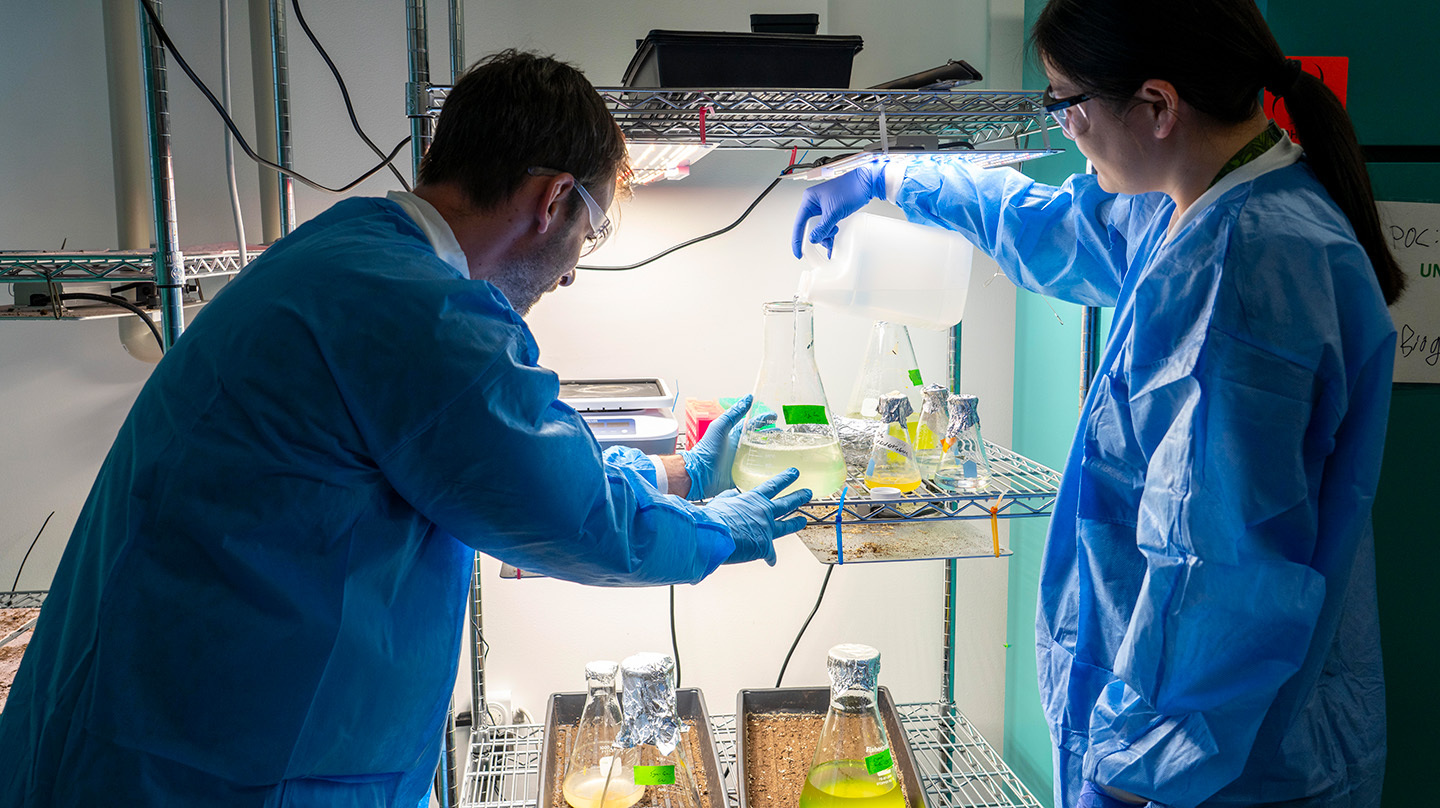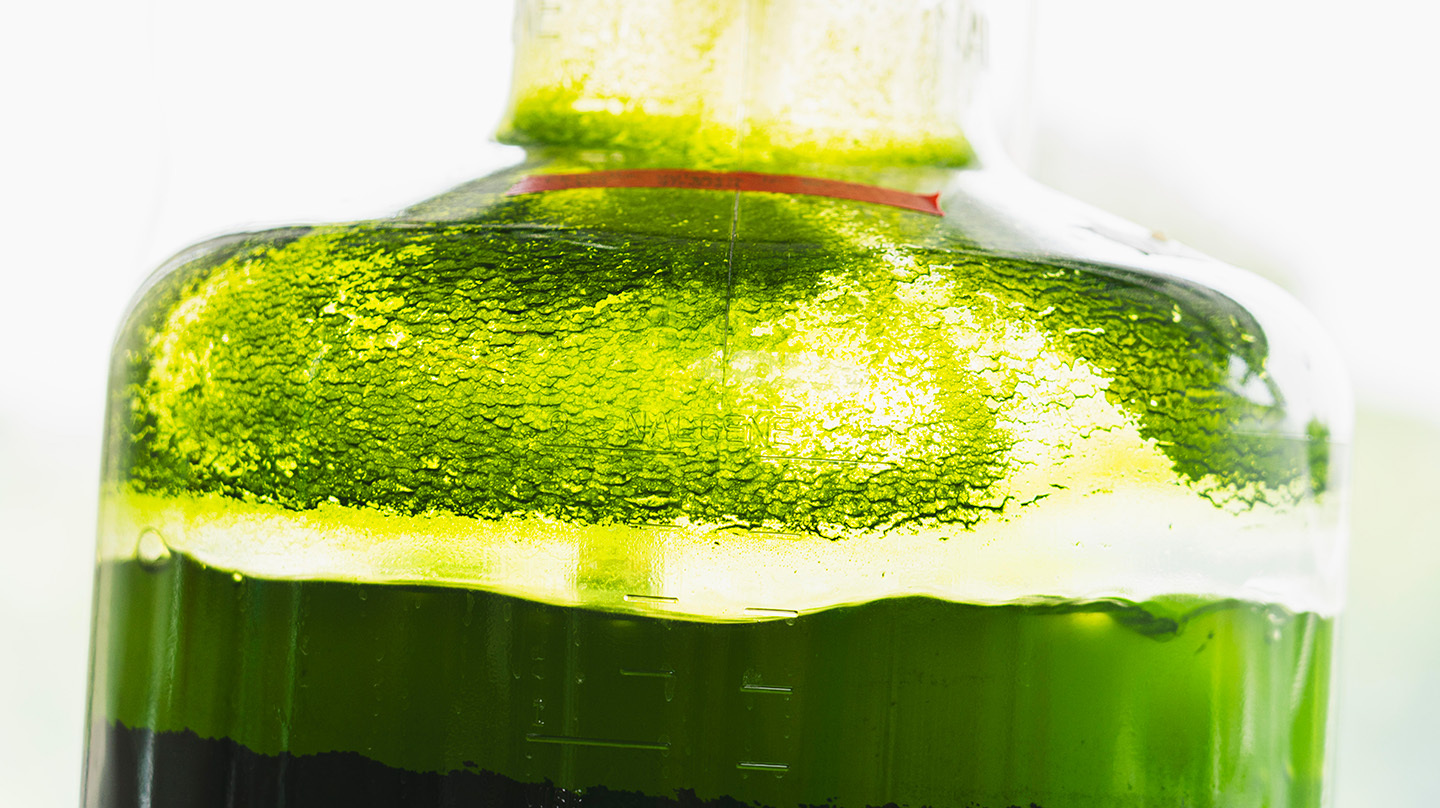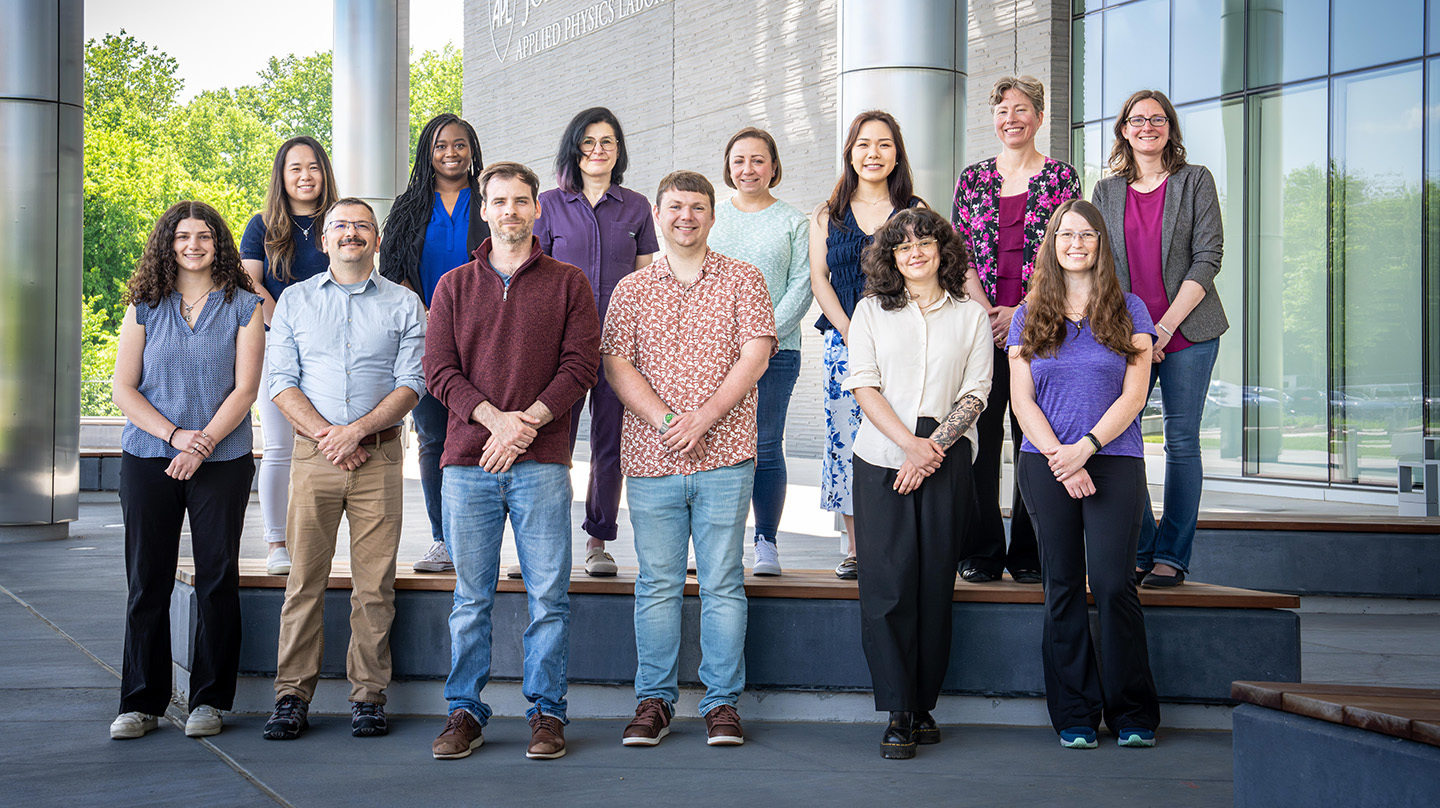News
Provisions From Pond Water? Researchers Leverage Biomanufacturing to Produce Food
Audio generated using AI voice technology.
Researchers at the Johns Hopkins Applied Physics Laboratory (APL) in Laurel, Maryland, are exploring a new approach to producing food on demand with unconventional materials. Through the Feedstocks for Food Production (FFP) project, which is supported by the Defense Advanced Research Projects Agency (DARPA), APL is investigating ways to grow edible microbial food by harnessing nonpotable water.
With potential implications for military operations in remote or austere environments around the world, the effort leverages biomanufacturing capabilities to address the constraints of traditional supply logistics — simultaneously offering a scalable solution to sustaining operations in resource-constrained settings, said Collin Timm, the project’s principal investigator.
“Think about how long it takes to grow grain to produce wheat,” said Timm, who also serves as chief scientist for the Physical and Life Systems Branch in APL’s Asymmetric Operations Sector. “It takes time to plant the material, let it grow, harvest it, process it and then make it into something consumable. But what if we had a way to make food quickly and with whatever water is available? That’s the type of technology we’re progressing toward.”
A critical component of this work is the “feedstock,” or the raw material used to produce something more useful.
“Feedstock is usually something of low value that we can turn into something of high value,” said Timm. “In the case of water, dirty dishwater and bathwater are examples of low-value feedstock, but if we’re able to use it to help produce an emergency ration, that’s a high-value product.”



